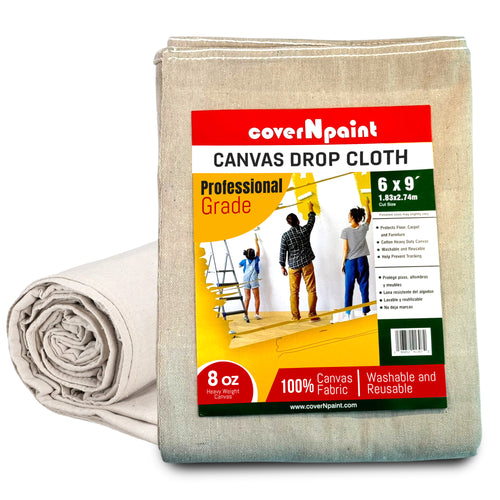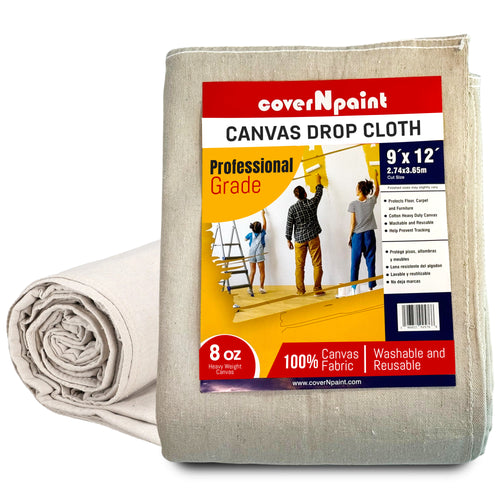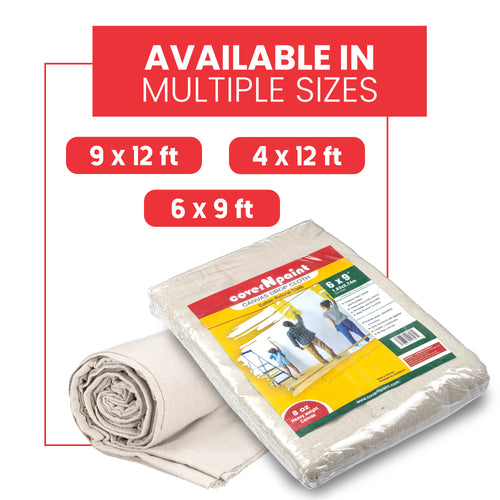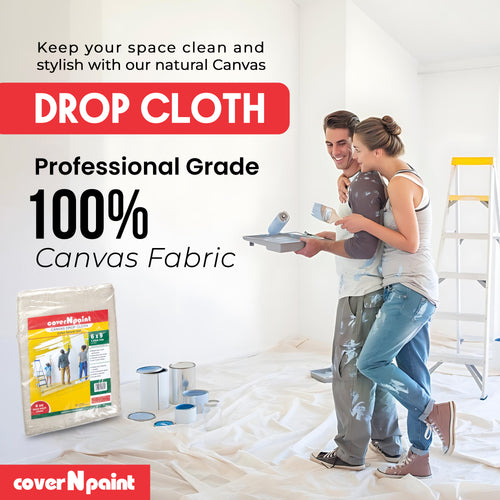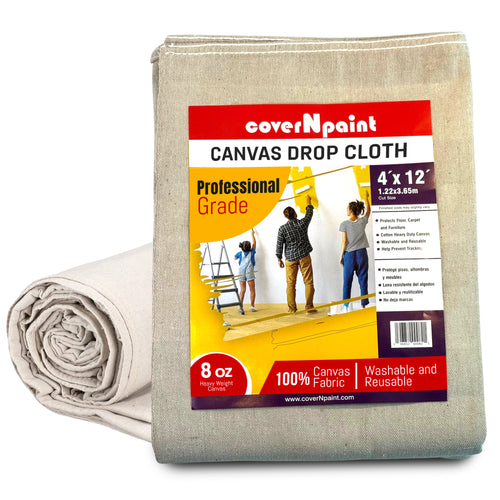Why Choosing The Right Tool Apron Matters
A tool apron is not just a carry-all — it’s an efficiency and safety tool. The right tool apron improves workflow, reduces trips to the toolbox, protects clothing, and balances weight to reduce strain. Whether you search for a tool belt apron, canvas tool apron, or an apron belt, matching apron features to your trade is the single best way to boost productivity and reduce fatigue.
Step 1 — Identify Your Trade Needs
Start by listing the daily tasks and tools you use:
-
Carpenter / Woodworker: Hammers, tape measure, chisels, pencils, nail pouches — needs heavy-duty pockets and hammer loops.
-
Electrician: Small drivers, wire strippers, testers — needs secure, enclosed pockets and insulated compartments.
-
Mechanic: Wrenches, sockets, rags — needs oil-resistant fabric and deep pockets.
-
Painter / Handyman: Brushes, scrapers, utility knife — prefers lighter canvas tool apron with many small pockets.
-
DIY / Hobbyist: Light tools, measuring devices — prioritizes comfort and modular pockets.
Match the tool list to apron features before deciding on material or style.
Step 2 — Choose The Right Material
Material affects durability, weight, and maintenance:
-
Leather Tool Apron: Best for heavy-duty trades (carpentry, blacksmithing). Extremely durable, puncture-resistant, and distributes weight well — but heavier and needs maintenance.
-
Canvas Tool Apron / Canvas Tool Apron Belt: Excellent balance of durability and weight. A canvas tool apron is breathable, washable, and ideal for painters, carpenters, and general trades.
-
Nylon / Synthetic Aprons: Lightweight and water-resistant; good for electricians or mechanics who need easy cleaning.
-
Polyester-Coated Canvas or Poly-Backed Aprons: Offer spill resistance and are easier to clean for messy trades.
For long-term value, canvas or leather typically outlast cheap synthetics.
Step 3 — Pocket Layout And Accessibility
Pocket design is where aprons win or fail in real use:
-
Deep Pockets: For bulky items like tape measures and pliers.
-
Shallow Pockets: For nails, screws, pencils — keep these near the top for easy access.
-
Zippered/Flap Pockets: Protect small items from falling out — useful for electricians.
-
Dedicated Slots: For screwdrivers, chisels, and test pens.
-
Hammer Loop & Tape Clip: Essential for carpenters and framers.
Think in “how you move” — pockets on the dominant side should hold tools you reach for most.
Step 4 — Weight Distribution & Comfort
A tool apron must be comfortable during full shifts:
-
Wide straps and padded shoulders reduce neck and back strain when carrying heavy loads.
-
Waist Support (apron belt / belt apron): If you carry heavy tools at the waist, a belt apron with supportive padding prevents sagging and keeps weight at the hips.
-
Adjustability: Multiple buckles and adjustable straps allow one apron to fit different body types and clothing layers.
-
Breathability: Mesh or cotton-backed padding improves comfort in warm conditions.
Comfort equals longer, safer work sessions.
Step 5 — Durability, Maintenance, And Care
Check construction quality:
-
Reinforced Stitching & Rivets: Look at stress points like pocket corners.
-
Water / Oil Resistance: Coated fabrics or poly backing are easier to clean.
-
Replaceable Parts: Removable belts or replaceable pouches extend lifespan.
-
Ease Of Cleaning: Canvas aprons can often be spot-cleaned or even machine-washed on gentle cycles; leather needs conditioning.
A well-cared-for canvas tool apron or leather apron will last for years.
Comparison Table — Quick Trade Picks
|
Trade / Use |
Best Material |
Key Features |
Why It Works |
|
Carpenter / Framer |
Leather / Heavy Canvas |
Hammer loop, deep nail pockets, rivets |
Handles heavy, sharp tools; durable |
|
Electrician |
Canvas / Nylon |
Zippered pouches, insulated slots, slim profile |
Lightweight, secure for small tools |
|
Mechanic |
Coated Canvas / Nylon |
Oil-resistant coating, wipe-clean |
Resists grease, easy to maintain |
|
Painter / Handyman |
Canvas Tool Apron |
Multiple small pockets, brush loop |
Lightweight, washable, holds small tools |
|
DIY / Hobbyist |
Canvas / Synthetic |
Adjustable belt, modular pockets |
Comfort + versatility for occasional use |
Step 6 — Extra Features To Consider
-
Modularity: Removable pouches or detachable tool rolls let you adapt the apron.
-
Safety Reflectors: Useful for outdoor or roadside work.
-
Specialty Compartments: For measuring tools, phone sleeves, or tape dispensers.
-
Compatibility With Tool Belts And Aprons: Some setups let you combine a tool belt apron with additional chest storage for heavy-use trades.
Trade-wise Recommendations (Practical Examples)
-
Carpenters: Choose a leather or heavy canvas apron with rivets and a reinforced belt. A tool belt apron style keeps weight low and accessible.
-
Electricians: Lighter canvas tool apron with zip closures and insulated pockets; avoid bulky designs.
-
Mechanics: Oil-resistant, wipe-clean aprons with deep pockets for sockets.
-
Painters: Thin, washable canvas with many small pockets and brush loops—comfort and lightness matter.
-
DIYers: Adjustable apron belt with modular pouches for diverse tasks.
A Curiosity-Building Note (Company Mention Once)
Small changes in how you organize pockets or position a hammer loop can cut tool-reach time dramatically. Professionals who test pocket placement and balance once often discover that one simple tweak saves minutes every hour — and those minutes add up. coverNpaint USA has seen tradespeople adjust pocket layout and reduce tool search time by 30% in some tasks.
FAQs
Q1: What Is The Difference Between A Tool Apron And A Tool Belt Apron?
A tool apron typically provides chest and front storage with shoulder straps; a tool belt apron combines waist support with front pouches for heavy waist loading. Choose based on how much weight you carry and where you want it distributed.
Q2: Is A Canvas Tool Apron Better Than Leather?
Canvas is lighter, washable, and breathable — great for painters and general trades. Leather is more durable and better for heavy, abrasive work. Choose based on intensity and tool weight.
Q3: How Should I Care For A Canvas Tool Apron?
Shake off debris, spot clean with mild detergent, and air dry. Avoid harsh solvents. For heavy stains, use gentle machine wash if the manufacturer permits.
Q4: Can I Use A Belt Apron For Heavy Tools?
Yes, if the belt apron has a padded, supportive waist belt and reinforced stitching. For very heavy tools, combine a supportive belt with shoulder straps or use a leather apron.
Q5: What Pockets Should I Prioritize For An Electrician?
Prioritize secure, zippered pockets and narrow slots for screwdrivers, wire strippers, test pens, and insulated sleeves for small meters.



